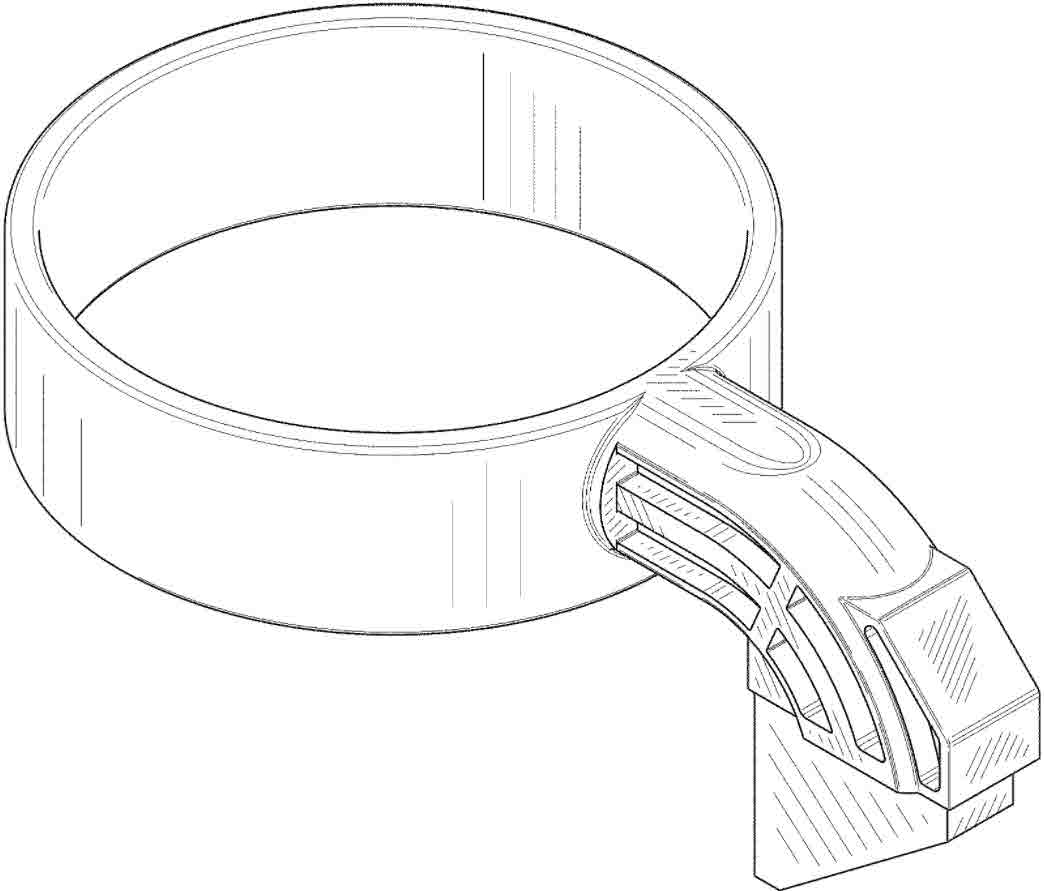Design Patents
Design Patent vs Utility Patent
In a nutshell, a design patent protects the ornamental appearance of an object. A utility patent protects the structure of an invention, how it is made, and/or how it works.
In most cases, an invention is protected by either a design patent or a utility patent, but there are some inventions that have features that can be protected by both a design and a utility patent.
An example I like to use of an invention that is protectable by a design patent is a silverware pattern. The design patent can cover the look of the silverware pattern and not the functional aspects of the utensils themselves.
Design Patent Term
Design patents are in force for 15 years from the filing date.
What is a Design Patent Application?
A design patent application is typically simpler than an average utility patent because a design patent disclosure is primarily made up of drawings. The written portion of a design patent application is short compared to the drawing pages.
Design Patent Example
This is an example design patent that I wrote and successfully moved through the U.S. Patent Office. This design patent protects an invention that adapts an AR-15 grip for use as a drink tumbler handle.
This inventions was also covered by a utility patent that you can see here:
If you have an invention that includes an appearance aspect and you are wondering if a design patent is right for you, schedule a free consult with us and we can answer your questions.
Patent Office Design Patent Resources
The U.S. Patent and Trademark Office (or USPTO) has an excellent page on design patents here:

